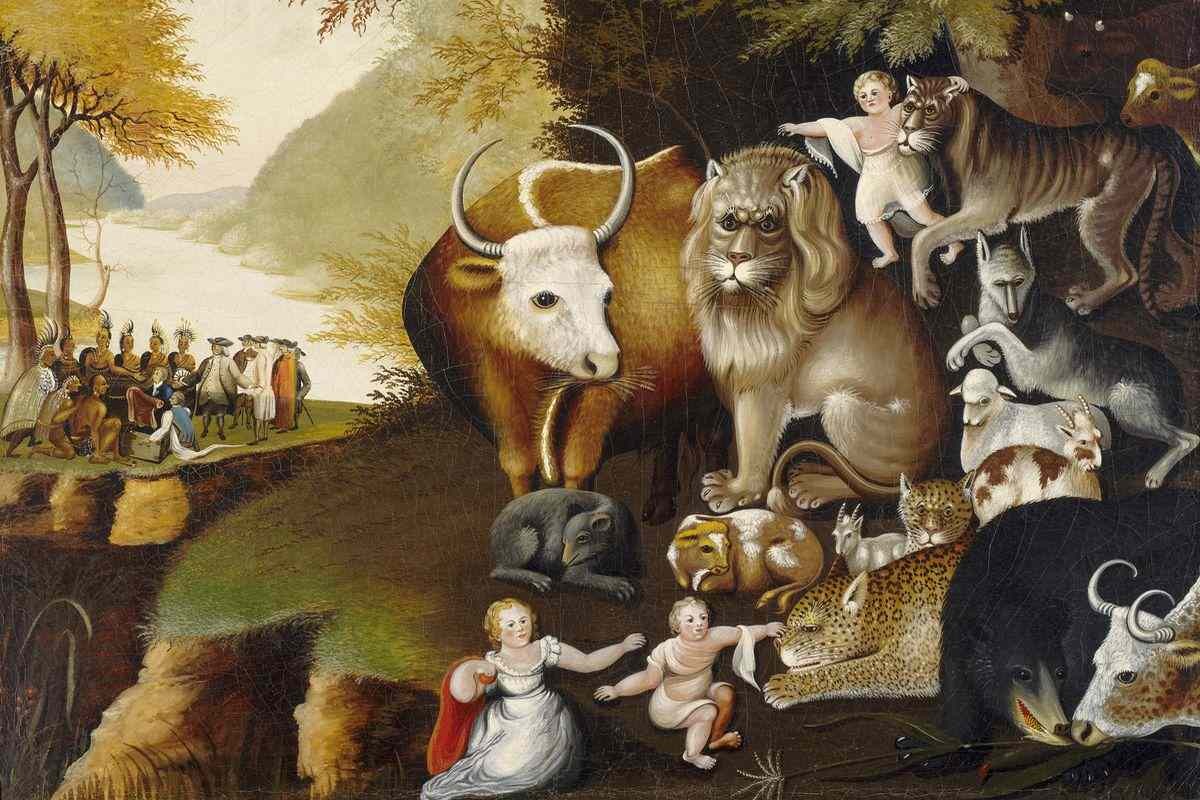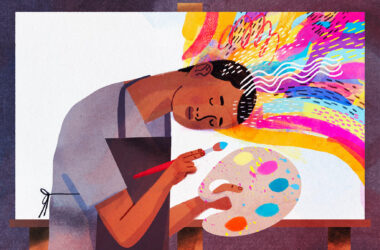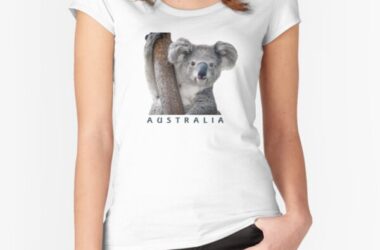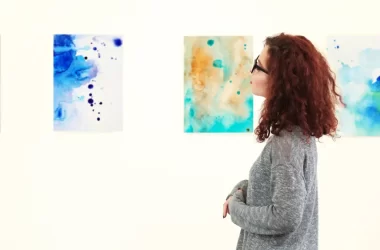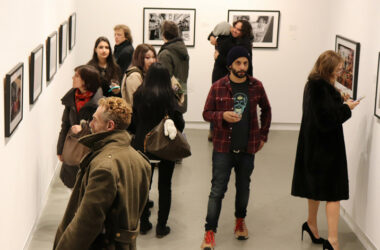Animal painting is an interesting and exciting art that represents the subjects of artworks with animals and their performance in different types of creations. This article presents the origins in animal painting, possible methods and tendencies in the current day, Therefore, reading this piece should help the reader understand why people remain fascinated by this type of art.
History of Animal Painting
Ancient Beginnings: Animals as a subject, have been featured in art right from the prehistoric epoch with actual images paint on the cave as the recent artifact found in Lascauses, France.
Medieval and Renaissance Periods: During the Mid- Ages and the Renaissance, animals were depicted in the paintings, sculptures and manuscripts as allegoric figures that reflect certain types of virtues or vices.
18th and 19th Centuries: In these centuries, animal painting emerged as a category, where both artists such as George Stubbs who specialized in horse portraiture, depicted essence of the animals and their form with precision and skill.
Techniques and Mediums
Oil Painting: For animal paintings, the use of oil is preferred for its flexibility and ease as well as this medium has a very dense texture. Feathers and skin might be reproduced using complex layers, replicating vein structures and other anatomical details.
Watercolor: Using watercolor one can achieve light, and semi-transparent hues, which are ideal in depicting such creatures as birds and other animals.
Acrylics: Acrylics dry quickly and have bright tonality; these paints should be used for emotions and energy of an animal’s portrayal.
Pastels: Pastels produce a soft and expressive touch, most appropriate for capturing the required textural detail in the skins of animals.
Digital Art: Increasingly, with the popularization of modern technology, artists have mastered different styles of digital painting, including pet animals.
Contemporary Trends
Realism: Realism still remains the center of attention of most modern artists practice portraying animals in their environments with precision and clarity.
Abstract: Extreme animal painting combines the form, color and design to paint abstract representations of animals and their spirits, the painting may symbolically reflect deeper meanings.
Pop Art: Pop art animal paintings thus present animal imagery in employment of bright and vivid colors and generous lines.
Wildlife Conservation: In the case of some artists, their messages are focused on conservation, where people can gain awareness about animals and the environment that is in danger.
Notable Animal Artists
George Stubbs: As a prominent painter of horses, Stubbs is, therefore, acknowledged as one of the most outstanding animal painters of the eighteenth century.
John James Audubon: Such trends popular by Audubon those illustrations of birds are famous to this day and their realistic characteristics is still shocking and inspiring for artists and scientists.
Rosa Bonheur: Daughter of rag merchants, not having formal training till the age of twenty-five, Bonheur was one of the first professional woman painters of the nineteenth century France and is admired by her realistic style of portraying animals.
Tips for Aspiring Animal Painters
Study Anatomy: Such aspects as the geographical locations and the relations between characters make the story even more engaging and interesting.
Observe Behavior: Observe animals in their natural habitat or watch TV programs that depict animals and their actions for modeling their movements and expressions.
Practice Regularly: The simplest thing that could be said would be that it requires constant practice like any other form of art. Refine your own style; do not set yourself rigid and restrictive painting style because painting is a very diverse field.
Seek Inspiration: Order the work of other animal artists to create new pieces depending on historical or even modern examples.
Animal painting therefore can be considered to be highly active and rich in its variation which is as well ongoing. As painters, the real world and its creatures offer them a vast avenue of exploration, whether they imitate it to the literal sense, give it symbolic representation or use readily available technology. It is to explain how enthralling discoveries regarding the art of animal painting can be made by learners today who are interested in a field with such a rich background, employing certain tools, and developing with new and exciting trends.


